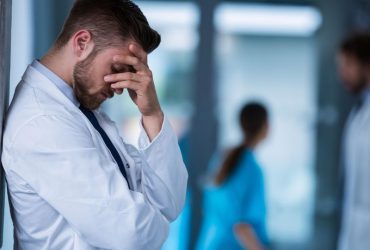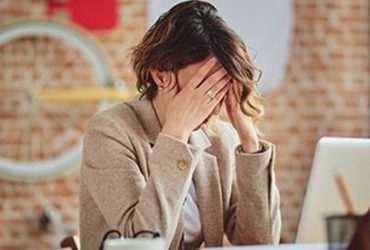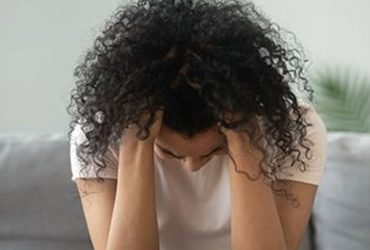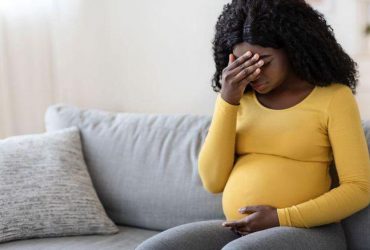Burnout also associated with decreased job satisfaction, low professionalism, patient dissatisfaction
Depression, anxiety, worry, perceived stress, and loneliness linked to increased risk for long COVID in a large study of mostly women
Moral distress emerged from being unable to provide optimal care, seeing pandemic’s effects on patients, coworkers
Bereavement, financial hardship especially impactful on student distress, while contracting COVID-19 tied to lower risk for distress
No association seen for implementation of media-related rules during pandemic and problematic child media use
Additionally, pandemic stressors, like unemployment, tied to infections and preterm births
For those with adult acne, atopic dermatitis, psoriasis, the more severe the condition, the higher the perceived stress scores
Decreases in distress and perceived risks for infection, hospitalization, and death reported by those receiving at least one dose of vaccine
Health behavior impacts showed a dose-response relationship with mental health distress
At 12 months, cumulative incidence of major financial hardship was 71.3 percent, despite insurance cover










